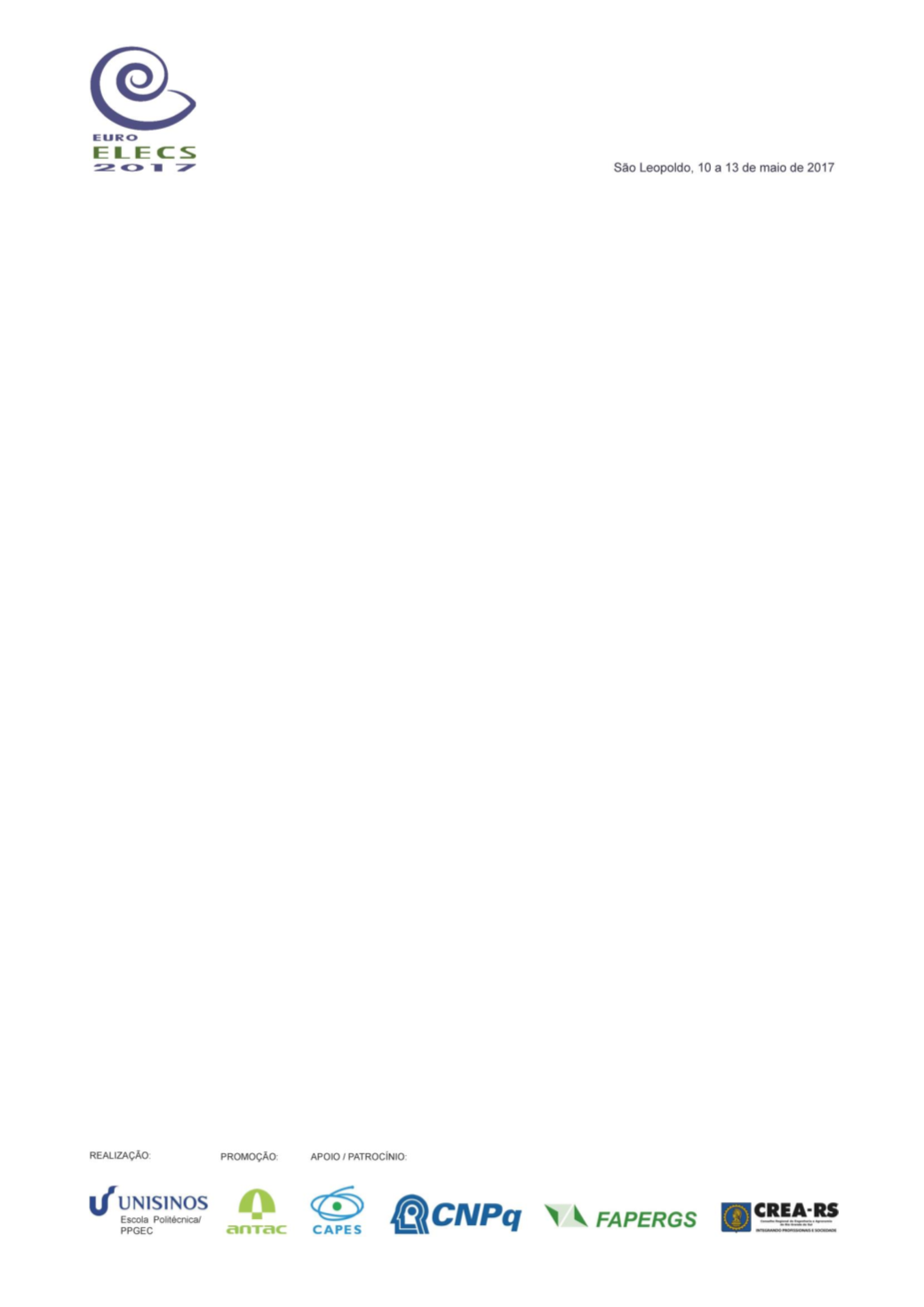

239
244. AVALIAÇÃO DO CICLO DE VIDA DE UMA VEDAÇÃO DE LIGHT
WOOD FRAME EM UMA HABITAÇÃO PARA BRASÍLIA - DF
SPOSTO, Rosa*
1
(rmsposto@unb.br); MELO, Pedro
1
(pedro.meloc@gmail.com);
1
Universidade de Brasília (UnB), Brasil
RESUMO
Considerando-se a necessidade de minimização dos impactos ambientais devido à construção de
habitações, sistemas construtivos industrializados vêm sendo empregados no mercado brasileiro,
tais como o
light steel frame
e o
light
wood frame
, entre outros. Embora estes sistemas
apresentem maior produtividade que os sistemas convencionais, é importante a avaliação de
aspectos ligados à sua sustentabilidade ambiental. Alguns indicadores dos impactos ambientais
podem ser utilizados nesta avaliação, tais como emissões de CO
2
, compostos orgânicos voláteis e
depleção abiótica. Este trabalho tem como objetivo a avaliação da emissão de CO
2
e a depleção
abiótica de um componente de vedação de
light wood frame
de uma habitação em Brasília. Foi
considerado o ciclo de vida total, incluindo as fases de pré-uso, uso e pós-uso e utilizou-se a
ferramenta de Avaliação de Ciclo de Vida de CO
2
equivalente (ACVCO
2
eq), que consiste no
inventário de emissões de CO
2
equivalente e na análise dos resultados. A unidade funcional (UF)
adotada foi o m
2
e a metodologia consistiu em análise híbrida, onde alguns dados foram obtidos a
partir das literaturas nacional e internacional e outros junto aos fabricantes dos componentes do
sistema. A depleção abiótica foi levantada por meio de fatores da literatura. Espera-se que esse
trabalho possa contribuir com a sustentabilidade ambiental a partir de especificações de sistemas
construtivos com menor percentual de emissão de poluentes.
Palavras-chave:
Light wood frame
; ACVCO
2
; Depleção Abiótica; Habitação
LIFE CYCLE ASSESSMENT OF LIGHT WOOD FRAME MASONRY USED
IN SOCIAL HOUSING IN BRASILIA - DF
ABSTRACT
Considering the necessity of minimizing environmental impacts due to housing construction,
industrialized construction systems have been inserted in the Brazilian market, such as light steel
frame and light wood frame. Even though these systems have a better productivity than the
conventional system, it’s important to evaluate its aspects related to environmental sustainability.
Some indicators of environmental impacts can be used in this evaluation, such as CO
2
emissions,
volatile organic compost and abiotic depletion. This study aims to assess CO
2
emissions and
abiotic depletion of a sealing element of a habitation made of light wood frame located in Brasilia. It
was considered the complete life cycle, including pre-use, use and post-use phases. The tool of
Life Cycle Assessment of equivalent CO
2
(LCACO
2
) was used and it consists on the inventory of
equivalent CO
2
emissions and on the assessment of the results. It was adopted the m² as the
functional unit and the methodology consists on hybrid analysis, where some results were obtained
from national and international literatures and others from the manufacturers of the components of
the wood frame system. Regarding to abiotic depletion, it was used a factor from the literature to
collect its percentage. It’s expected that this study may contribute to the environmental
sustainability and may create constructive systems specifications with less percentage of pollutant
emissions.
Keywords:
Light wood frame; LCACO
2
; Abiotic Depletion; Housing


















